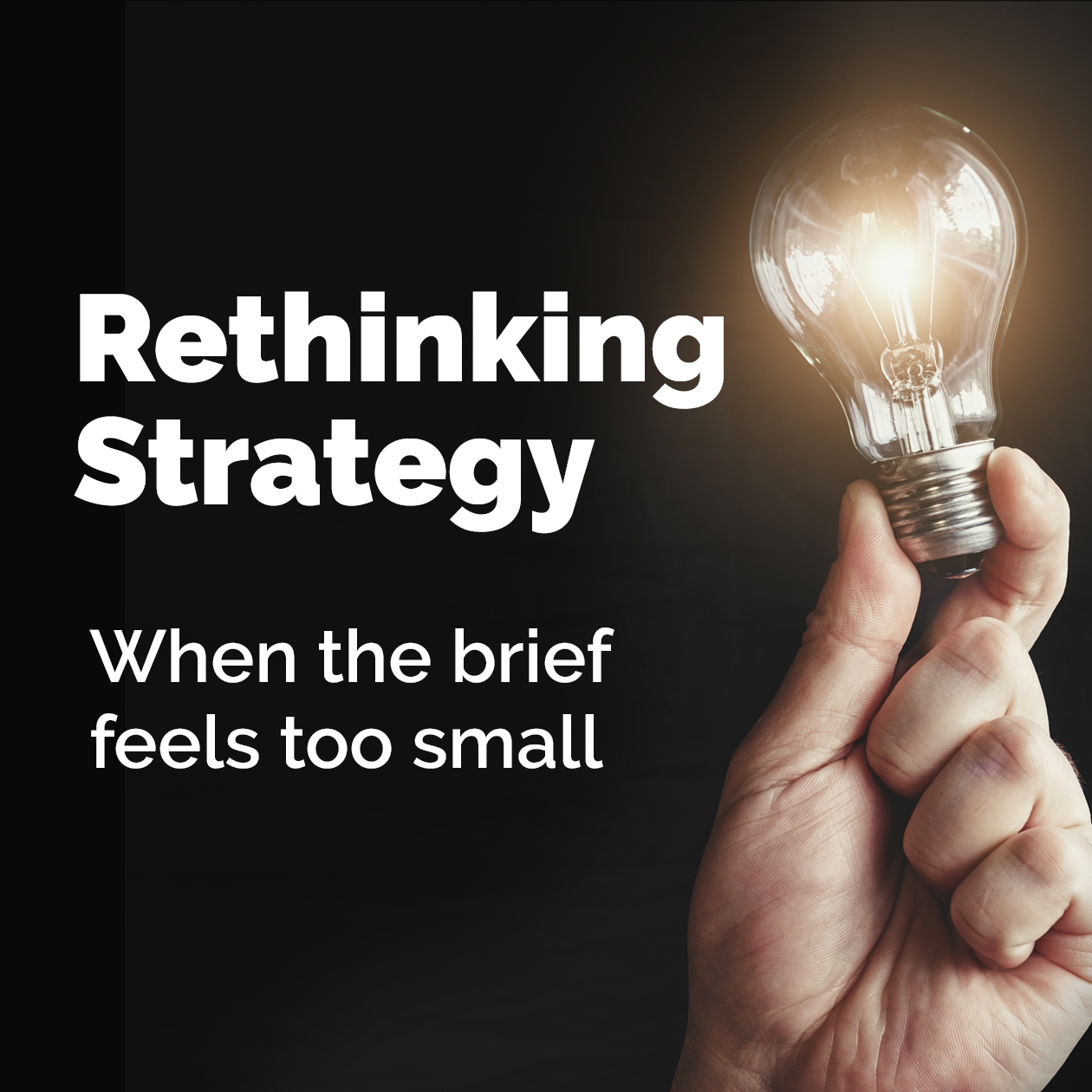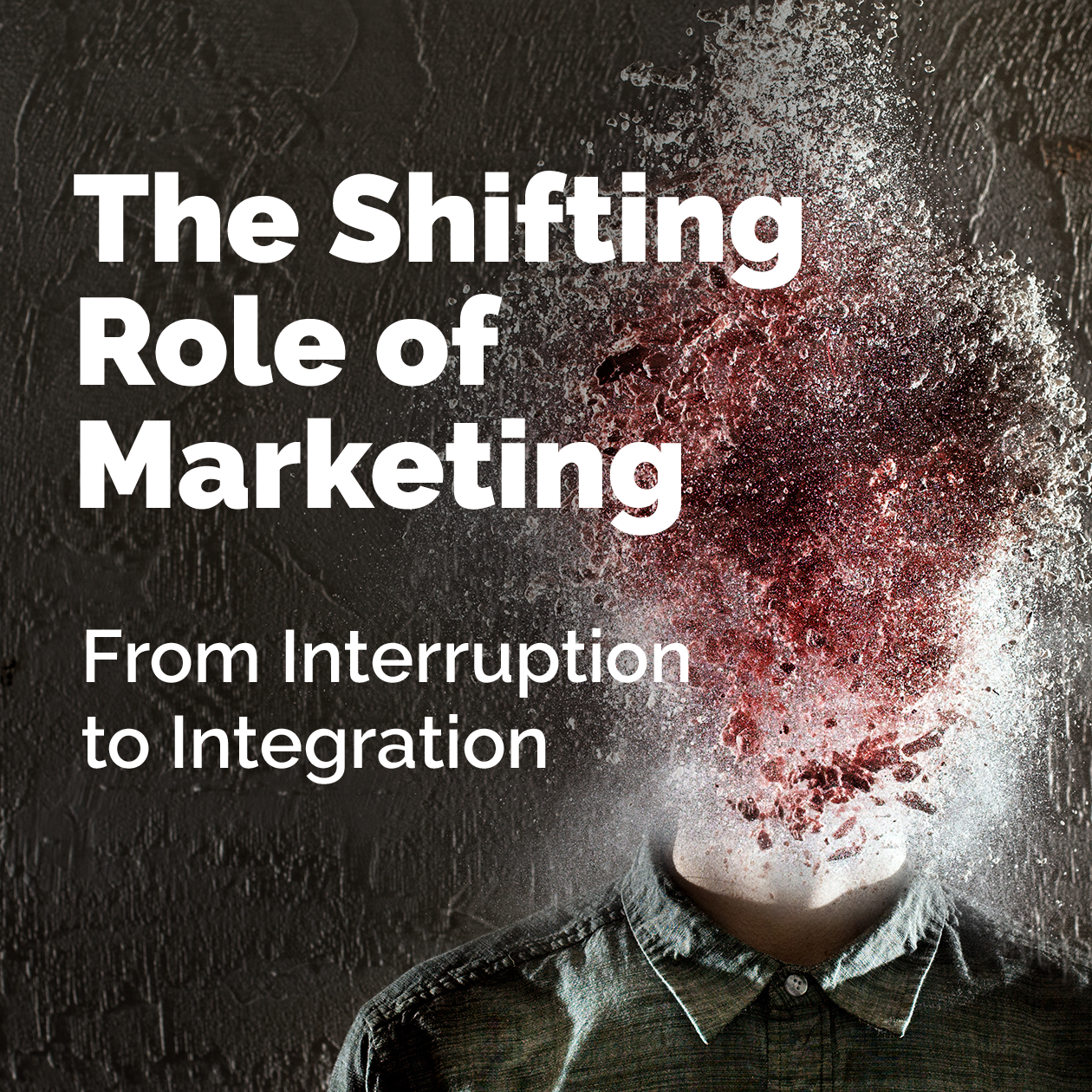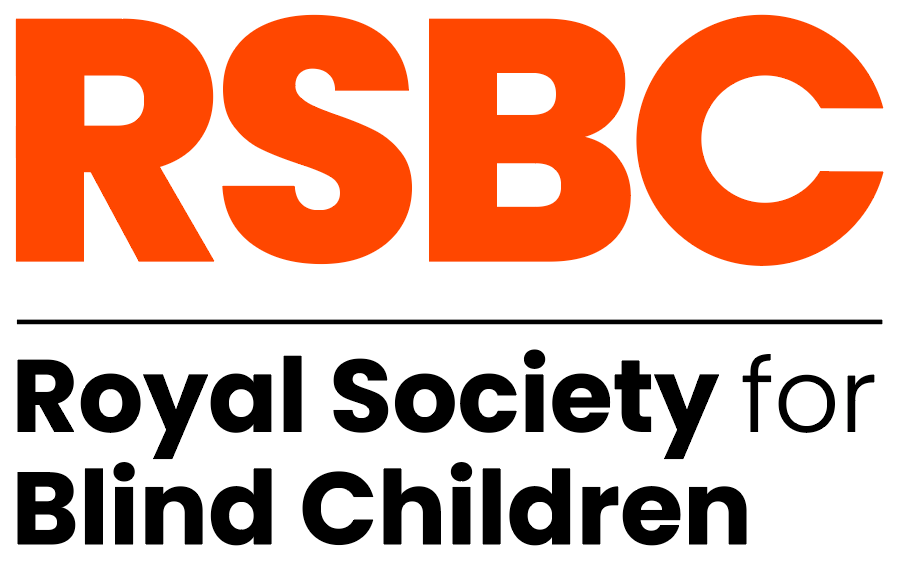The Operational Edge: Why the Smartest Agencies Are Prioritising Process Over Pure Creativity
The Operational Edge: Why the Smartest Agencies Are Prioritising Process Over Pure Creativity
How brilliant systems—not just brilliant ideas—are transforming agency success.
The creative industry is built on a myth: that of the lone genius, the lightning bolt of inspiration, the hero creative director who pulls brilliance from the void moments before a deadline. But after decades in the thick of agency life, I can tell you this truth: whilst great creative is important, great creative alone doesn’t win pitches, drive results, or build sustainable agencies. Great operations do.
Throughout my time as co-founder and COO at Inspired Thinking Group, and now as founder of Three of Four, I’ve seen firsthand how agency operations have evolved from afterthought to competitive advantage. Agencies that scale, succeed, and endure are those with exceptional operational systems underpinning their creative capability.
The modern agency doesn’t just need to be creative. It needs to be efficiently creative. Ideas don’t live in isolation. They must move through systems, across channels, into local markets, and out into the world—on time, on budget, on brand.
Yet, many agencies still treat operations as a back-end function. Something to be managed, not mastered. The result? Great ideas lost to process failures. Budgets blown by inefficient workflows. Burnt-out teams chasing static briefs through fragmented production environments.
Most agencies need to work differently... Design operations as a creative enabler, not a constraint. Streamline production so that every ounce of energy can go into the work itself. Build workflows that remove friction. Leverage data and automation to increase speed, reduce cost, and scale effortlessly.
When operations are right, they disappear. You don’t notice them—you just feel the results: calm, clarity, consistency, and creative freedom.
Creative production isn’t just about inspiration anymore. It’s about precision. And the agencies that master that precision are the ones who will own the future.
News & Blog








